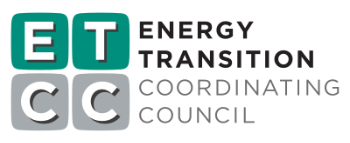Project Info
ACTIVE
Project Title
Performance Metrics of Micro Heat Pumps Through Laboratory Testing
Project Number ET25SWE0014 Organization SWE (Statewide Electric ETP) End-use HVAC Sector Commercial Project Year(s) 2025 - 2026Description
This project strives to collect comprehensive laboratory test data on the heating, cooling, dehumidification, and native controls performance of Micro Heat Pumps (MHP), that are of interest to California’s consumers. This effort will build on the data collected under CalNEXT Project ET23SWE0034 - Emerging “Micro” Heat Pumps: Modeling, Testing, and Space-Conditioning Performance Metrics. Future efforts may leverage the data from this project for relevant standards and specifications and a measure package development effort in the Energy Trading Risk Management (eTRM) system to support incentives and rebate programs in California. In the pursuit of California’s ambitious goal of installing six million heat pumps by 2030, MHPs can revolutionize the building electrification space. These are self-contained and pluggable into wall sockets with 110/120V with an inverter-driven variable speed compressor that can provide space cooling and heating in single-family and multifamily buildings. These units can operate in ambient temperatures lower than 5⁰F, ensuring the product performs well in climate zone 16, for spaces up to 1,000 ft2. They come in various form factors, namely saddle, through-the-wall, window, and portable.MHPs, in the saddle form, can be installed by the owner/renter without the need for a contractor. MHPs cost significantly less than traditional HVAC retrofit approaches and may be a potential game-changer to address the decarbonization challenge of the millions of gas-fired heating appliances or electric resistance space-heaters across California. They could be particularly impactful in disadvantaged communities (DAC). They offer the potential for better thermal comfort and indoor air quality.While cooling data of some of the constant speed Window HP systems are available, the performance data on variable-capacity MHPs for both heating and cooling metrics are largely missing in the literature. Therefore, the completed CalNEXT project (ET23SWE0034) was the first of its kind laboratory performance testing of MHP Units in a Nationally-Recognized Testing Laboratory (NRTL). Due to the emergent nature of this product and many unknowns, the ET23SWE0034 project faced significant challenges/barriers in the data collection efforts. The Project Team tested one MHP prototype in the saddle form, one commercially available portable heat pump, one window unit, and two through-the-wall MHPs following the recently released United States Environmental Protection Agency (EPA) Heating Test Method. Not only will the current effort of collecting more laboratory performance data of MHPs be crucial in developing energy modeling performance maps of MHPs across multiple form factors, but it can lead to the development of a deemed measure in subsequent projects. This project aims to lay the technical groundwork to allow California Investor-Owned Utilities (IOUs) to provide incentives for this rapidly emerging technology.
